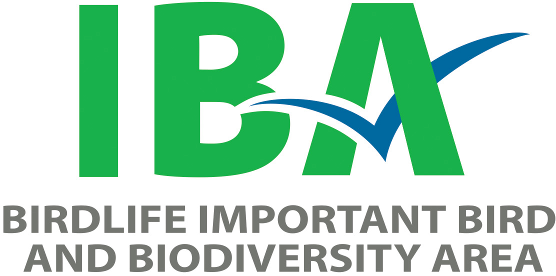Whitford & Rush Lakes (AB044)
Andrew, Alberta
Site Description
The Whitford and Rush lakes are close to the railway community of Andrew, and are about 90 km northeast of Edmonton, Alberta. The lakes are shallow and are located in a flat to gently rolling part of Albertas aspen parkland. The shorelines have extensive emergent vegetation that is used by breeding birds. Like many lakes in the prairies, these lakes are naturally subject to large fluctuations in water level, which are partially controlled by canals, dykes and other man-made structures. These two lake in particular go through long dry spells (most years of the 1990s), but water, at least in Whitford Lake, was present in 2000 and is expected to return again in quantities to attract large numbers of birds. Drying cycles are part of the process that restores lake fertility.
Birds
The Whitford and Rush lakes are extremely important wetland sites for waterfowl and other water birds. In both spring and fall, in years when water is present, large numbers of waterfowl stage in the area. In spring, Greater White-fronted Goose, Canada Goose, Tundra Swan, Mallard and Northern Pintail are the most common species. Numbers of fall staging waterfowl are larger than in the spring. A high count of 91,300 staging ducks was recorded in 1963.
Avian botulism outbreaks have occurred regularly here over the last 40 years. Over 20,000 shorebirds have visited these lakes in spring, although this is a one time observation. One percent or more of the Canadian
population of Forsters Terns (30 or more pairs) have nested in the marshes of Whitford and Rush lakes, but the exact or current numbers of nests of this very local breeder is unknown.
Numerous other bird species, especially those associated with water, are also found at these lakes. Western Grebe (<100 nests, all pre-1990), Eared Grebe (>20), Franklins Gull (>20 nests), American White-Pelican (>50 non-breeding) and migrating Bald and Golden eagles are all seen.
Conservation Issues
Extensive water stabilization projects are planned to prevent flooding, an event that has been a problem for adjacent farms in the past. This could seriously affect the functioning of the lakes as they are now. In the 1970s, both Ducks Unlimited and the Canadian Wildlife Service considered acquiring this land. There is a bait station on Whitford Lake that in the fall has attracted many ducks. The area has been designated as a Wetlands for Tomorrow site. Muskrat is commercially harvested around the lakes.
IBA Criteria Habitats Land Uses Potential or Ongoing Threats Conservation Status

